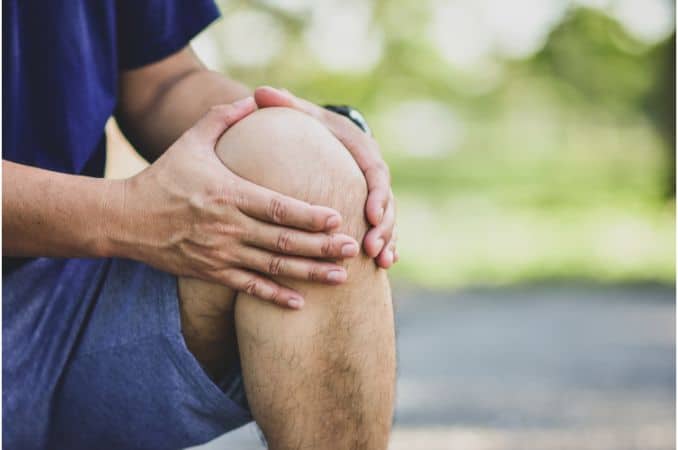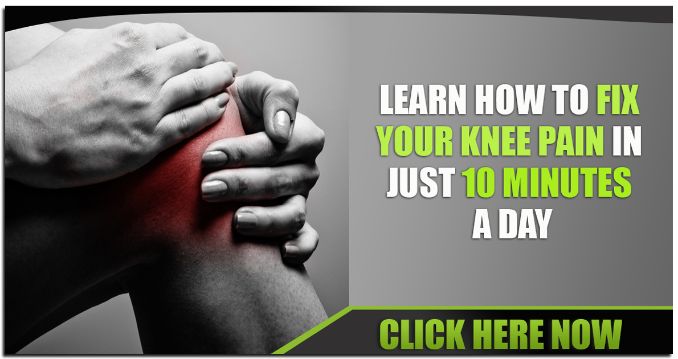The elliptical machine is widely regarded as a low-impact option for cardiovascular exercise, offering a joint-friendly alternative to running. However, despite its reputation, some users report experiencing knee pain after using the elliptical.
This pain can result from improper technique, overuse, or even the design of the machine itself. In this article, we’ll explore the causes of knee pain after elliptical use and provide practical strategies to prevent and treat it.
By understanding these factors, you can enjoy the benefits of the elliptical while minimizing the risk of knee discomfort.
What is better, an elliptical trainer or treadmill?
What Causes Knee Pain?
Knee pain following elliptical workouts can stem from several factors. Overuse is a common culprit, especially for those who push their bodies too hard or don’t allow proper recovery time.
Poor form or posture during workouts is another major factor, as improper alignment can place excessive stress on the knee joint.
Additionally, if you have pre-existing knee conditions such as arthritis, tendonitis, or a meniscus injury, these can be aggravated by repetitive elliptical motion.
Biomechanics of the Elliptical Machine
The elliptical machine mimics the natural motion of walking, running, or climbing stairs but with less impact on the joints. However, although the elliptical is low-impact, it still continuously engages the knee joint | 404.
If the biomechanics of your workout are off—whether due to improper form, machine settings, or a mismatch between your body and the machine—your knees may bear an unnecessary load, leading to pain.

What Causes Knee Pain After Using an Elliptical Machine
1. Hip Width is Not Your Natural Hip Width
The distance between your hips and the pedals [¹] can vary significantly depending on the elliptical machine’s design, style, and brand. Most machines are designed to accommodate various body types, but this doesn’t mean they’re ideal for everyone.
If the hip width of the machine is too narrow or too wide compared to your natural hip width, it can alter the biomechanics of your legs.
This mismatch can lead to stress on the knees, hips, and lower back as your body compensates for the awkward positioning.
2. Improper Foot Positioning
Foot positioning on the elliptical is crucial for knee health. If your heel is fixed to the pedal, it can restrict the natural movement of your knee.
When the knee doesn’t track properly, it leads to an uneven distribution of force, causing irritation or injury.
It’s essential to pivot on the ball of your foot during your stride, allowing your knee to move more naturally. By doing this, you reduce the stress on the knee joint and ensure that it tracks in a way that minimizes strain.
3. Incorrect Resistance or Incline Settings
High resistance or steep incline settings can increase the intensity of your workout, but they also put extra strain on your knees. If the settings are too intense for your current fitness level or if you increase them too quickly, your knees may bear the brunt of the additional pressure. It’s better to start with lower settings and gradually increase them as your muscles strengthen.
4. Weight Shift onto the Toes Leads to More Quadriceps Activity
Shifting your weight onto your toes [²] while using the elliptical engages the quadriceps more, creating greater force on the patella (kneecap).
This increased stress can lead to knee irritation or pain, particularly if your quads aren’t strong enough to handle the load. To avoid this, try to keep your heels down during your workout.
This modification can reduce knee stress and allow for more balanced muscle engagement.
5. Overtraining
Spending too much time on the elliptical without sufficient rest can lead to overtraining. Overtraining can result in chronic knee pain as your muscles and joints don’t recover the time needed to heal and grow stronger. Moderation is key—listen to your body and give it the rest it needs between workouts.

How to Prevent Knee Pain When Using the Elliptical
1. Proper Warm-Up and Stretching
- Always begin with a proper warm-up before getting on the elliptical. Dynamic stretches or light cardio help prepare your muscles and joints for the workout.
- Focus on stretching the quadriceps, hamstrings, and calves—these muscles support the knee and play a key role in stabilizing the joint during exercise.
2. Correct Form and Posture
- Maintaining proper form is crucial for protecting your knees. Keep your knees aligned with your toes throughout your stride, and avoid locking your knees at any point.
- Keep an upright posture, engage your core, and distribute your weight evenly over your feet to reduce strain on your knees.
3. Optimal Settings for the Elliptical
- Starting with a lower resistance or moderate incline will help protect your knees from unnecessary stress.
- Gradually increase the intensity as your muscles become stronger, but avoid abrupt changes that might overwhelm your knee joints.
4. Cross-Training and Strengthening Exercises
- Strength-training exercises such as squats, lunges, and leg presses can help strengthen the muscles surrounding your knees, particularly the quadriceps, hamstrings, and calves.
- Strengthening these muscles provides more support for knee joints and reduces the risk of injury during elliptical workouts.
Treatment Options for Knee Pain After Elliptical
1. Rest and Recovery
- If you’re experiencing knee pain after using the elliptical, giving your knees time to rest is important.
- Overworking your knees without proper recovery can exacerbate the problem, leading to more serious injuries.
2. Ice and Anti-inflammatory Medications
- Applying ice to the affected area can help reduce swelling and inflammation. Over-the-counter anti-inflammatory medications, such as ibuprofen, can also alleviate pain and decrease inflammation in the knee.
3. Consulting a Healthcare Professional
- If your knee pain continues or worsens, then it’s important to consult a healthcare professional. Moreover, a doctor or physical therapist can assess your condition and offer a personalized treatment plan. This may include strengthening exercises, physical therapy, or even using knee braces for added support.
4. Modifying Your Workout Routine
- If elliptical-induced knee pain persists, consider switching to alternative low-impact exercises such as swimming or cycling. These activities provide cardiovascular benefits without placing as much strain on your knees.

Signs of Serious Injury
Persistent knee pain accompanied by swelling, sharp pain, or limited mobility may indicate a more serious injury, such as a torn ligament or meniscus tear. If you notice these symptoms, seek medical attention immediately.
Knee Conditions Requiring Medical Attention
Knee pain can sometimes result from underlying conditions such as arthritis or tendonitis. If left untreated, these conditions can worsen over time, so it’s important to seek medical advice if your pain doesn’t improve with rest and self-care.
Conclusion
Knee pain after elliptical use can be frustrating, but by addressing the root causes, you can prevent and manage it effectively.
Ensuring proper form, adjusting your machine settings, and being mindful of how your body responds to the elliptical are all crucial steps in reducing knee stress. Listening to your body and making small adjustments—like focusing on hip width, keeping your heel off the pedal, and maintaining a balanced posture—can go a long way in preventing discomfort.
Don’t hesitate to seek professional help if the pain persists, as early intervention can prevent more serious injuries. With the right approach, the elliptical can remain a safe and effective part of your fitness routine.Say goodbye to knee pain and get back to doing what you love! Discover effective relief with Knee Pain Solved. Start your journey to pain-free movement today!
Say goodbye to knee pain and get back to doing what you love! Discover effective relief with Knee Pain Solved. Start your journey to pain-free movement today!
Frequently Asked Questions
Are ellipticals good for the knees?
Yes, elliptical machines are considered a low-impact exercise option, making them gentler on the knees compared to high-impact activities like running. The smooth, gliding motion helps reduce strain on the joints while still providing an effective cardiovascular workout.
Are elliptical machines hard on your knees?
While ellipticals are generally easier on the knees than other forms of exercise, improper form, incorrect machine settings, or overuse can lead to knee pain or strain. It’s essential to maintain proper posture and use appropriate resistance and incline settings to avoid putting unnecessary stress on the knees.
Is elliptical more strenuous than walking?
The intensity of an elliptical workout can vary depending on resistance and incline settings, making it more or less strenuous than walking. Generally, ellipticals provide a more intense full-body workout than walking, especially if you increase the resistance or use the handlebars for an upper body workout.
What is the most common injury on the elliptical?
The most common injury from elliptical use is knee pain, often caused by improper form, overuse, or inappropriate machine settings. Other injuries include hip and lower back strain due to incorrect posture or a mismatch between the machine’s design and the user’s natural body mechanics.
What are the side effects of the elliptical machine?
When used properly, ellipticals offer many benefits, but improper use can result in knee pain, hip discomfort, or lower back strain. Overtraining without adequate rest can also lead to muscle fatigue or joint inflammation. To avoid side effects, it’s crucial to use the machine correctly and give your body time to recover between sessions.


